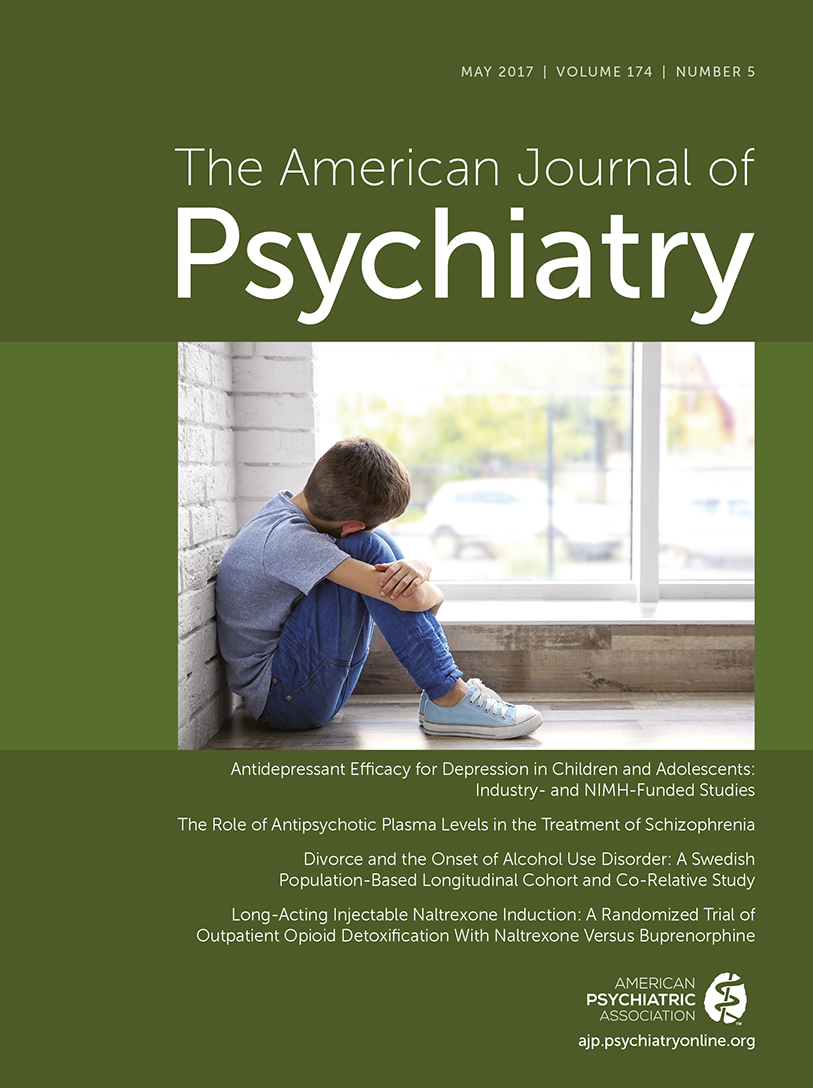Morbidity and Mortality Associated With Medications Used in the Treatment of Depression: An Analysis of Cases Reported to U.S. Poison Control Centers, 2000–2014
Abstract
Objective:
The authors sought to determine the relative morbidity and mortality associated with drugs used to treat depression and to examine specific clinical effects associated with serious outcomes.
Method:
The National Poison Data System, which receives exposure reports from regional poison centers serving the United States, Puerto Rico, and the District of Columbia, was queried for single drug exposures in individuals 12 years and older during the period 2000–2014. Medications included were antidepressants, atypical antipsychotics, anticonvulsants, lithium, and other medications used in the treatment of depression. The main outcomes were the morbidity index (the number of serious outcomes per 1,000 exposures) and the mortality index (the number of fatal outcomes per 10,000 exposures).
Results:
During this 15-year period, there were 962,222 single substance exposures to the 48 medications studied. Serious outcomes rose 2.26-fold and in linear fashion over the 15 years. While tricyclic and monoamine oxidase inhibitor medications were associated with high morbidity and mortality, several newer agents also appeared hazardous. Lithium, quetiapine, olanzapine, bupropion, and carbamazepine were associated with high morbidity indices. Lithium, venlafaxine, bupropion, quetiapine, olanzapine, ziprasidone, valproic acid, carbamazepine, and citalopram were associated with higher mortality indices.
Conclusions:
Serious outcomes after overdose or nonintentional exposures to medications used to treat depression have risen dramatically over the past 15 years. The present data suggest that the morbidity and mortality risks vary substantially among these medications. These differences become important when selecting treatments for patients with depression, especially those at increased risk for suicide.



